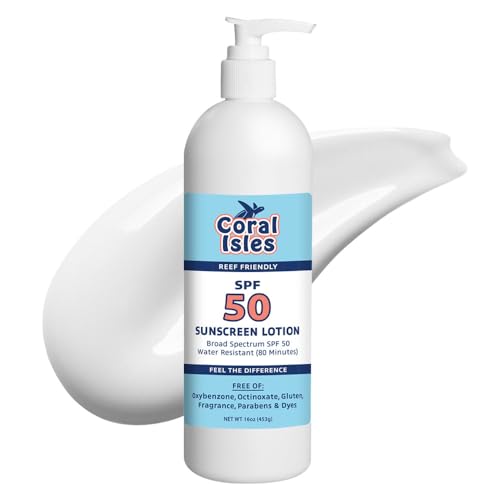Curtswearing
Mantisfreak
Thats the whole purpose of threads like this. So that people understand what's going on in their tank.
I answered a question to someone on another board who pulled his sandbed and expected his phosphate problem to disappear. It didn't get any better and wanted to know why. It turned out that he had a 1/4" of detritus in his sump the entire time. His sandbed was probably fine as his tank was only a year or two old.
Sandbeds have some disadvantages and some disadvantages.
Advantages
Disadvantages
One major disadvantage of BB is that if you travel a lot, it's hard to siphon up your dead areas. I've found that no matter how good you design your flow, there is always somewhere in your tank where detritus pools. You don't want to let that rot in your tank as it will release phosphates and Nitrates.
I answered a question to someone on another board who pulled his sandbed and expected his phosphate problem to disappear. It didn't get any better and wanted to know why. It turned out that he had a 1/4" of detritus in his sump the entire time. His sandbed was probably fine as his tank was only a year or two old.
Sandbeds have some disadvantages and some disadvantages.
Advantages
If you travel a lot for work, the sandbed will sink (store) detritus so it doesn't rot in your water column.
- A properly maintained one is attractive.
- It's a great phosphate sink and can make up for newbies tendency to overfeed.
- If properly set up you will get NNR (Natural Nitrate Reduction) from it. It doesn't really do what Dr. Shimek claims it does as much as most people think. What really happens once the sandbed is not new is Ammonification. Very little of the Nitrates burn off as Nitrogen gas. Most of it goes back to Ammonium. Here's what happens: Ammonium to Nitrite to Nitrate and then back to Ammonium. However, the end result is the same, low Nitrates in the water column. The ammonium only becomes a problem when the bed is filled up because Ammonium is a natural fertilizer.
Disadvantages
- They give a false sense of security to newbies. They think that because they are not showing high Nitrate readings, they are not overfeeding.
- There is no way of determining when they will start releasing phosphates and ammonium back into the water column. (However, cyanobacteria that cannot be beat with more circulation is a clue).
- Certain corals need more circulation than sandbeds will allow
- Hydrogen Sulphide pockets can form in anaerobic areas which is dangerous if disturbed.
- If there is a power outage, the bacterial respiration causes Dissolved Oxygen in the tank to drop much more rapidly than a BB or SSB tank risking fish lives.
- You don't have a way of controlling biological processes.
One major disadvantage of BB is that if you travel a lot, it's hard to siphon up your dead areas. I've found that no matter how good you design your flow, there is always somewhere in your tank where detritus pools. You don't want to let that rot in your tank as it will release phosphates and Nitrates.


































































